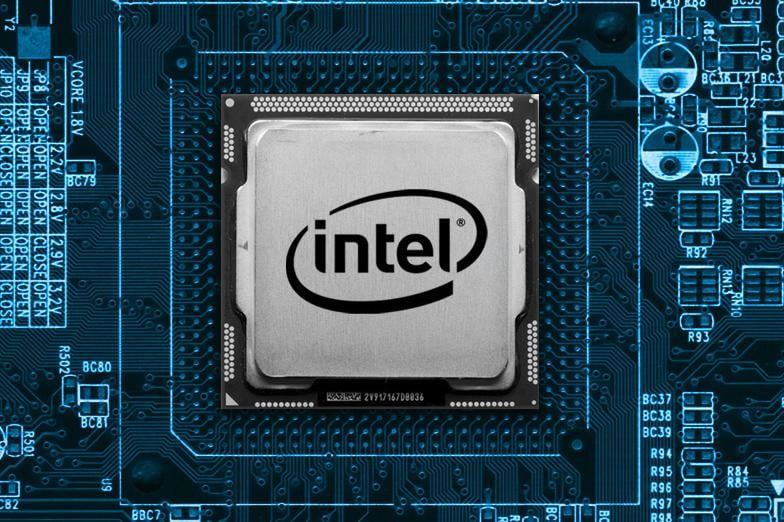Researchers from the University of California, Riverside (UCR) have devised a new Spectre CPU side-channel attack called SpectreRSB.
SpectreRSB leverage the speculative execution technique that is implemented by most modern CPUs to optimize performance.
Differently, from other Spectre attacks, SpectreRSB recovers data from the speculative execution process by targeting the Return Stack Buffer (RSB).
“rather than exploiting the branch predictor unit, SpectreRSB exploits the return stack buffer (RSB), a common predictor structure in modern CPUs used to predict return
addresses.” reads the research paper.
“We show that both local attacks (within the same process such as Spectre 1) and attacks on SGX are possible by constructing proof of concept attacks”
The experts demonstrated that they could pollute the RSB code to control the return address and poison a CPU’s speculative execution routine.
The experts explained that the RSB is shared among hardware threads that execute
on the same virtual processor enabling inter-process, or even inter-vm, pollution of the RSB
The academics proposed three attack scenarios that leverage the SpectreRSB attack to pollute the RSB and gain access to data they weren’t authorized to view.
In two attacks, the experts polluted the RSB to access data from other applications running on the same CPU. In the thirds attack they polluted the RSB to cause a misspeculation that exposes data outside an SGX compartment.
“an attack against an SGX compartment where a malicious OS pollutes the RSB
to cause a misspeculation that exposes data outside an SGX compartment. This attack bypasses all software and microcode patches on our SGX machine” continues the paper.
Researchers said they reported the issue to Intel, but also to AMD and ARM. Researchers only tested the attack on Intel CPUs, but it is likely that both AMD and ARM processors are affected because they both use RSBs to predict return addresses.
According to the researchers, current Spectre patches are not able to mitigate the SpectreRSB attacks.
“Importantly, none of the known defenses including Retpoline and Intel’s microcode patches stop all SpectreRSB attacks,” wrote the experts.
“We believe that future system developers should be aware of this vulnerability and consider it in developing defenses against speculation attacks. “
The good news is that Intel has already a patch that stops this attack on some CPUs, but wasn’t rolled out to all of its processors.
“In particular, on Core-i7 Skylake and newer processors (but not on Intel’s Xeon processor line), a patch called RSB refilling is used to address a vulnerability when the RSB underfills” continues the researchers.
“This defense interferes with SpectreRSB’s ability to launch attacks that switch into the kernel. We recommend that this patch should be used on all machines to protect against SpectreRSB.”
A spokesperson for Intel told BleepingComputer the Xeon maker believes its mitigations do thwart SpectreRSB side-channel shenanigans:
“SpectreRSB is related to Branch Target Injection (CVE-2017-5715), and we expect that the exploits described in this paper are mitigated in the same manner. We have already published guidance for developers in the whitepaper, Speculative Execution Side Channel Mitigations. We are thankful for the ongoing work of the research community as we collectively work to help protect customers.”
Sourse:
https://securityaffairs.co/wordpress/74698/hacking/spectrersb-attack.html
